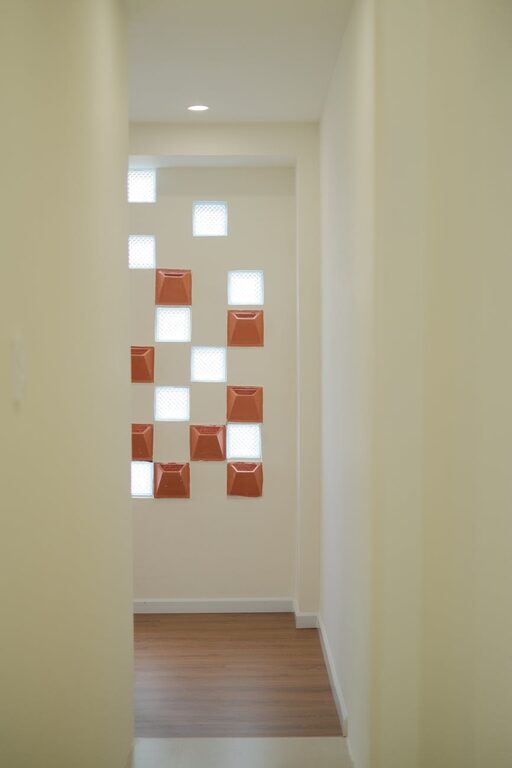
Creating a peaceful and quiet environment at home can significantly improve your comfort, concentration, and overall well-being. Whether you live in a bustling city or a noisy neighborhood, there are several simple and practical ways to reduce noise inside your home. This guide will walk you through effective strategies that don’t require major renovations or expensive equipment.
Understanding Noise Sources in Your Home
Before diving into solutions, it’s helpful to identify the main sources of noise. Common culprits include:
– Outdoor noise (traffic, neighbors, construction)
– Indoor noise (appliances, electronics, foot traffic)
– Structural noise (thin walls, floors, doors)
Knowing where noise comes from can guide you toward the best noise reduction methods.
Easy Ways to Reduce Noise at Home
1. Use Soft Furnishings to Absorb Sound
Hard surfaces like wood, tile, and glass tend to reflect sound, increasing noise levels. Adding soft materials helps absorb sound waves and reduce echo.
– Place rugs or carpets on floors, especially on hard surfaces.
– Use thick curtains or drapes on windows.
– Add cushions and upholstered furniture in your living spaces.
– Hang wall tapestries or fabric panels to dampen noise.
2. Seal Gaps Around Doors and Windows
Sound can enter through small cracks and gaps around doors and windows. Sealing these openings effectively blocks outside noise.
– Install weather stripping around door frames.
– Use door sweeps on the bottom of doors.
– Apply acoustic caulk or sealant to fill gaps in window frames.
– Consider double-pane windows for better insulation.
3. Rearrange Furniture Strategically
Furniture can act as a barrier to block or absorb sound.
– Place bookshelves or large cabinets against walls that face noisy streets.
– Use a sofa or armchair to replace empty wall spaces.
– Create cozy nooks with furniture to isolate noisy areas like near electronics.
4. Add Soundproofing Materials to Walls and Ceilings
For more noticeable noise problems, consider soundproofing materials.
– Install acoustic wall panels or foam tiles.
– Add a layer of drywall with soundproofing glue (such as Green Glue) between layers.
– Use ceiling clouds or baffles to reduce noise in rooms with high ceilings.
5. Opt for Quiet Appliances and Devices
Some appliances and electronics generate more noise than others.
– Choose models labeled as “quiet” or “energy efficient.”
– Place noisy items (e.g., washing machines) on sound-absorbing mats.
– Keep volume levels moderate on TVs, music systems, and computers.
6. Create White Noise Backgrounds
Sometimes masking unwanted noise with consistent background sound can improve your comfort.
– Use white noise machines or apps.
– Play soft instrumental music or nature sounds.
– A fan or air purifier can also generate low-level ambient noise.
7. Establish Quiet Zones
Designate specific areas in your home as quiet zones for work, study, or relaxation.
– Choose rooms furthest from external noise sources.
– Use room dividers or curtains to separate noisy areas.
– Make quiet zones cozy and inviting with soft lighting and comfortable seating.
Additional Tips for Noise Control
– Maintain Your Home: Regularly check and maintain weather stripping and door seals to ensure effectiveness over time.
– Use Plants: Indoor plants can absorb some noise and improve air quality.
– Consider Floor Padding: Especially in multi-level homes, floor padding or underlayment reduces noise transmitted between floors.
When to Consider Professional Help
If noise problems are significant and persistent, professional soundproofing or construction modifications may be the best solution. Experts can assess your home’s unique challenges and recommend tailored options like:
– Installing soundproof windows
– Adding insulation in walls and ceilings
– Constructing double walls or floating floors
Conclusion
Reducing noise at home doesn’t have to be complicated or expensive. By using soft furnishings, sealing gaps, rearranging furniture, and making other simple changes, you can create a quieter and more relaxing living environment. Start with easy solutions and build up from there according to your needs and budget. A calm, peaceful home is within reach!
Try some of these noise-reducing tips today and enjoy a more comfortable space that helps you relax, focus, and breathe a little easier.
